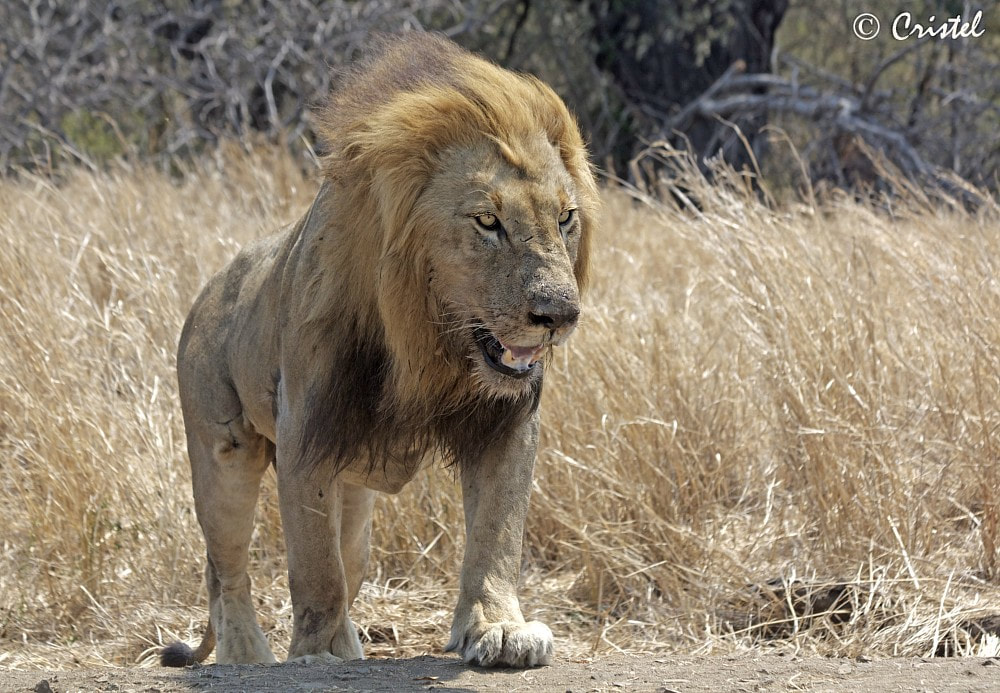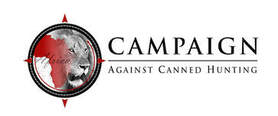
Members of Parliament who sit on the Portfolio Committee for Environmental Affairs were present, including the Chairman, who chaired the workshop.
The subject of the colloquium (I hate that pretentious Latinism – it was a workshop plain and simple) was” Captive Lion Breeding for Hunting in South Africa: Harming or Promoting the Conservation Image of the Country.”
The meeting was attended by many interested bodies, including government, NGOs and other stakeholders. About two hundred people in attendance altogether.
The Keynote Speaker was Edna Molewa, the Minister of Environmental Affairs. Other speakers included DEA, Dept of Agriculture (DAFF), EMS and Ban Animal Trading, Born Free Foundation UK, EWT, Don Pinnock, SanParks, Brand SA, and of course all the hunting orgs, PHASA,SAPA, CPHC-SA, International Council for Game and Wildlife Conservation, and CHASA.
Molewa claimed:
- that government support for the hunting industry is rooted in science (whatever that means, but I would say that if that were true, the root never grew, blossomed or flowered, and has suffered root-rot)
- that canned hunting has been banned under the Threatened Or Protected Species – TOPS –regulations
- that the bad publicity surrounding Lion Trophy hunting in South Africa obscures the many benefits that lion farming brings in terms of ecotourism, job creation and conservation
- that the ethical side of lion farming and canned hunting has nothing whatever to do with her since she considers animal welfare and health issues to fall within the mandate of the Department of Agriculture (DAFF)
- that lion farming and canned hunting do not pose a threat to wild lion populations
- that lion breeding, hunting and trade are well-regulated, and
- that the quota system for lion bone exports are ‘a control measure and a monitoring tool.’
The problem with these workshops and one of the reasons why I did not attend personally, is that the flaws in the hunting arguments cannot adequately be dealt with in that forum, because the serious and time-consuming business of exposing the flaws gets crowded out in the general clamour of so many attendees.
For example, Minister Molewa’s bald statement that canned hunting has been banned needed to be unpacked. Her claim is based on a narrow and artificial interpretation of what constitutes a canned hunt; one that differs from that which is accepted by everyone else in the conservation spectrum. She argues in effect that hunts take place in terms of permits which are issued pursuant to the TOPS regulations, and are therefore legal. However if one of the conditions of the permits is violated, for example a failure to report the hunt to the local provincial conservation service within the time limit stipulated in the permit, then she considers that to have been a canned hunt.
In other words she conflates ‘canned’ with ‘unlawful’ in the sense of contrary to permit conditions. This is of course a deliberate and misleading way of missing the whole point, which is the absence of fair chase.
It is, in short, a lie.
And all the other claims listed by her are equally flawed. The excellent Working Paper by Ross Harvey, titled The Economics of Captive Predator Breeding in SA, effectively demolishes the Ministers contention that lion farming benefits SA by ecotourism, job creation and ‘conservation.’
Ah but now, to kick up dust and counter Ross Harvey’s cogent criticisms, comes a representative of the sustainable use gang based at Oxford University, argued that banning lion farming would cause an upsurge in the poaching of wild lions in order to meet the demand for lion bones in Asia. In other words, he maintains that captive lion farming provides a buffer against the poaching of wild lions.
There is not a shred of scientific evidence to justify this extravagant claim. No one has done a study of the size of the lion bone market in Asia and whether there are enough lions on the planet to meet that insatiable demand. Without knowing the limits of the Asian market one cannot argue that the lion bones taken from captive lions will satisfy the market and meet demand so that there would be no need for poaching of wild lions.
On the contrary we know that wildlife trafficking syndicates are motivated by profit and it is much cheaper and therefore more profitable to poach a wild lion than to pay out thousands for the carcass of a captive lion. Reports coming to us from across southern Africa indicate that the poaching of wild lions for their carcasses is already happening. However because this has not been studied by the sustainable use gang and sanctified by a peer-reviewed paper, these inconvenient facts may be swept under the carpet as merely ‘anecdotal.’
What I was afraid of right from the outset, with my experience of dealing with South African conservation services, is that at the end of the workshop the waters would have been so badly muddied that independent observers and stakeholders would emerge confused.
The two opposing camps, the hunters and the animal welfarists, are not going to be affected by anything said at the workshop. Their positions are firmly entrenched.
It is the other independent attendees who need to be convinced. And unfortunately, the reports coming through to me are that the hunting industry has kicked up sufficient dust to confuse the independent observers and to ensure that they do not take sides and throw their weight behind the campaign to ban lion farming and canned hunting.
Nothing new has come out of this ill-termed Colloquium. Both sides have merely restated their arguments and counter arguments and the independent stakeholders have left confused.
I do not see anything positive coming out of this workshop other than perhaps a symbolic tightening up of regulations which are already merely aspirational since no one pays much attention to them and enforcement is notable for its absence.
I would love to end on a positive note. But so long as the hunting industry maintains its stranglehold on conservation structures in South Africa and indeed globally, bunfights like the Colloquium will always be much ado about nothing.
